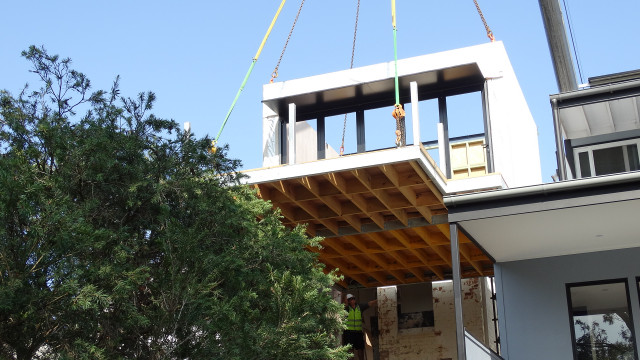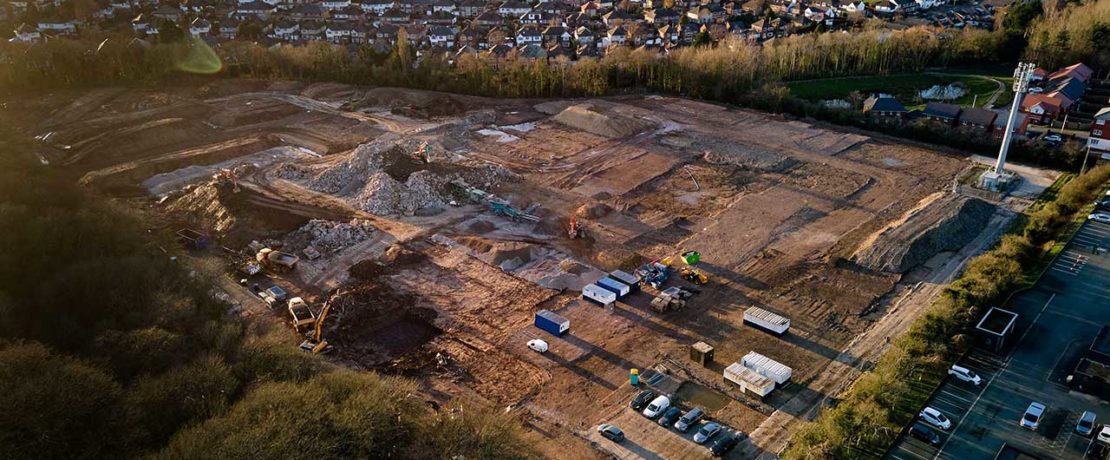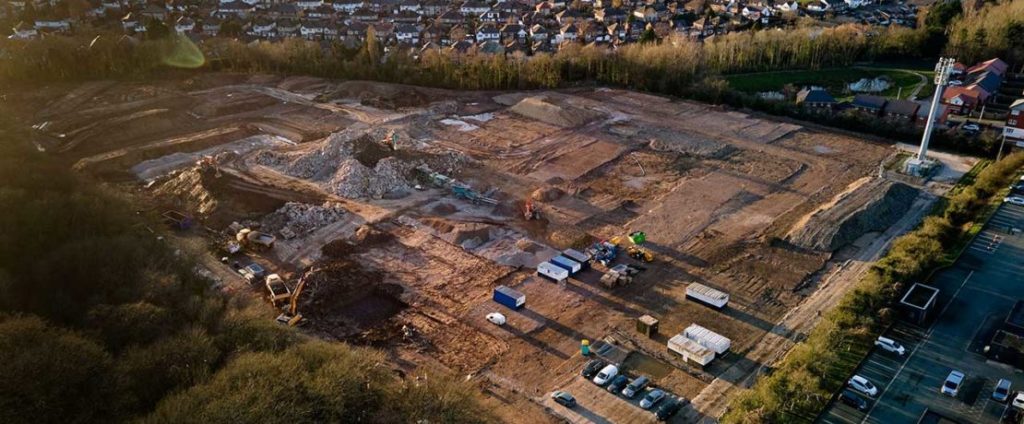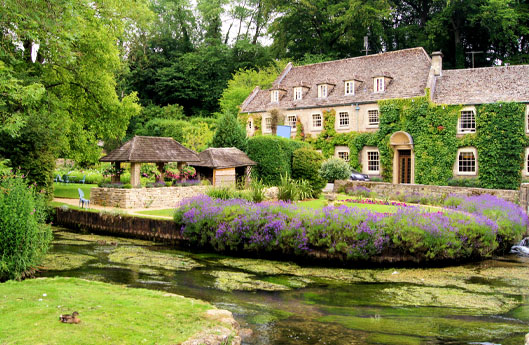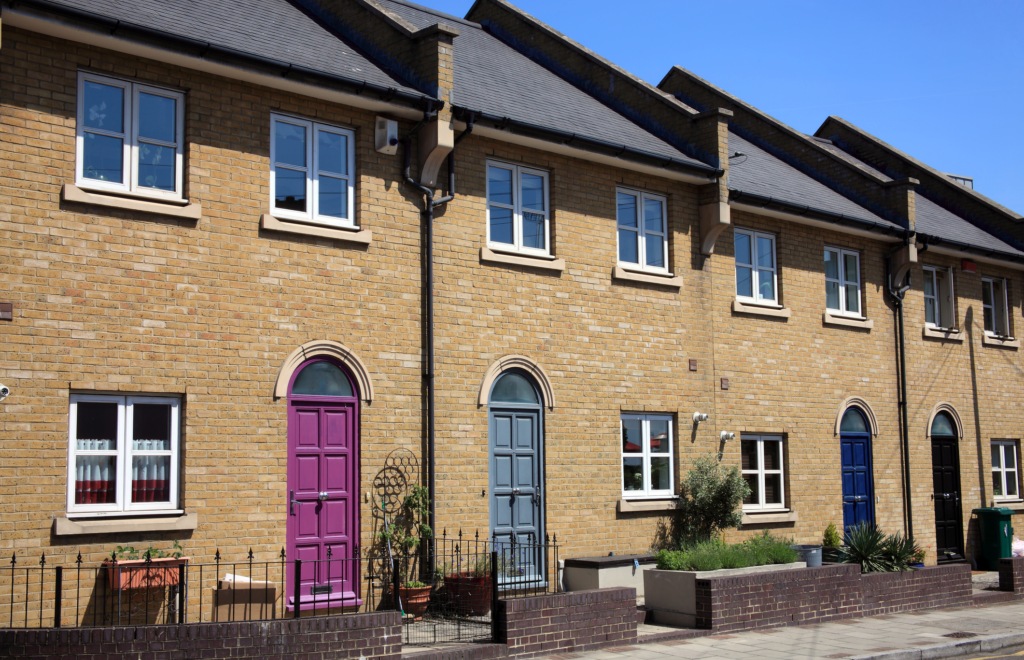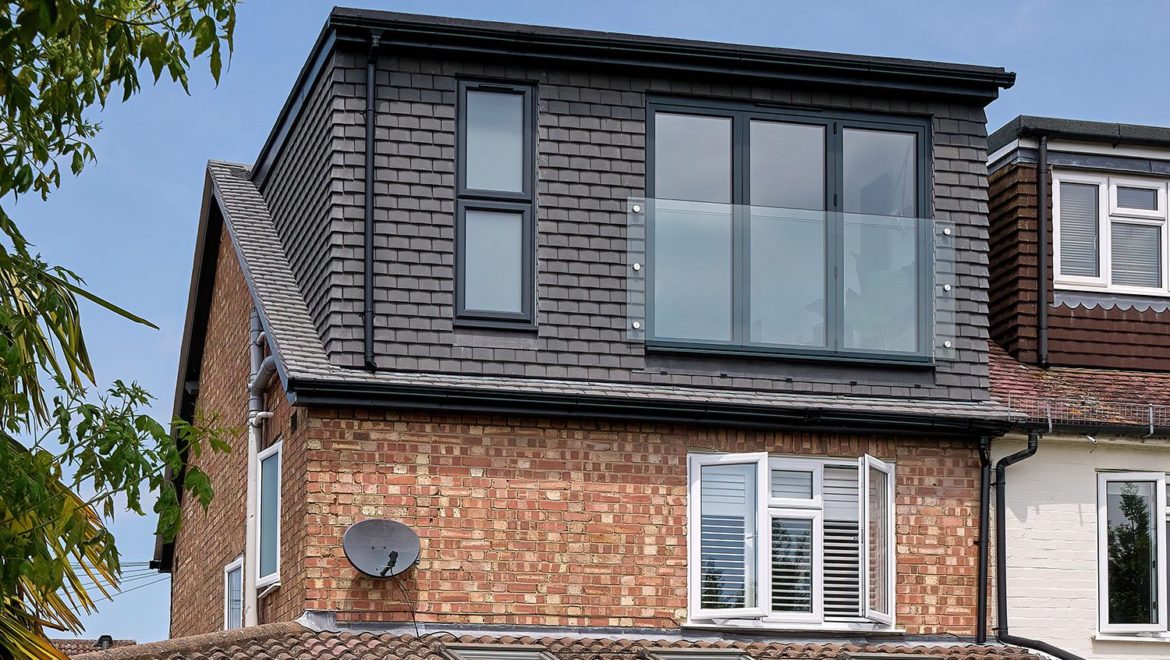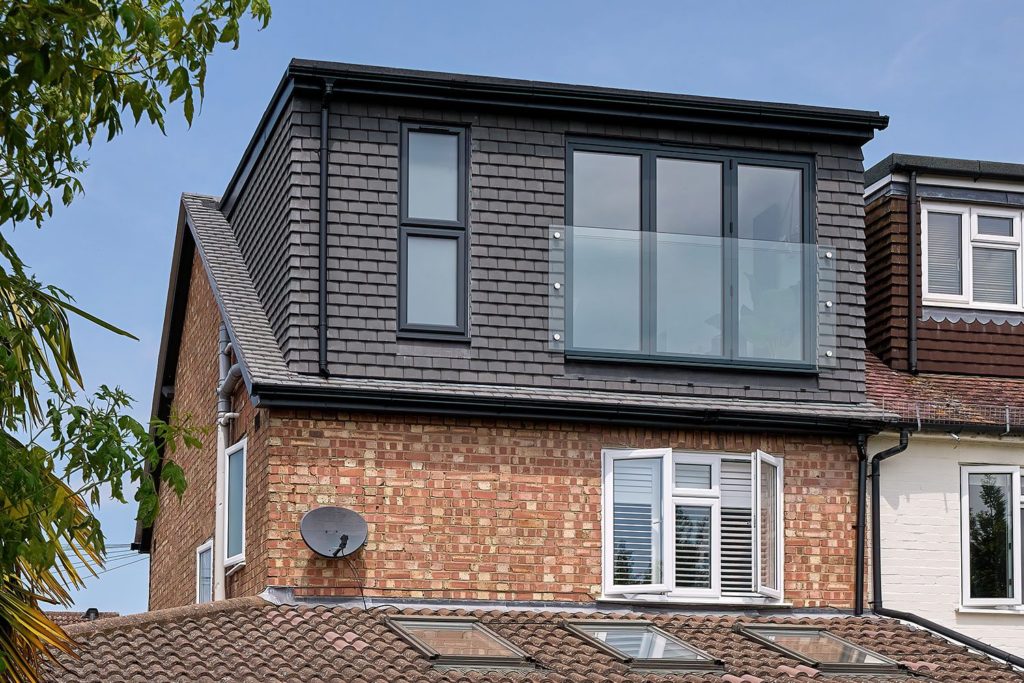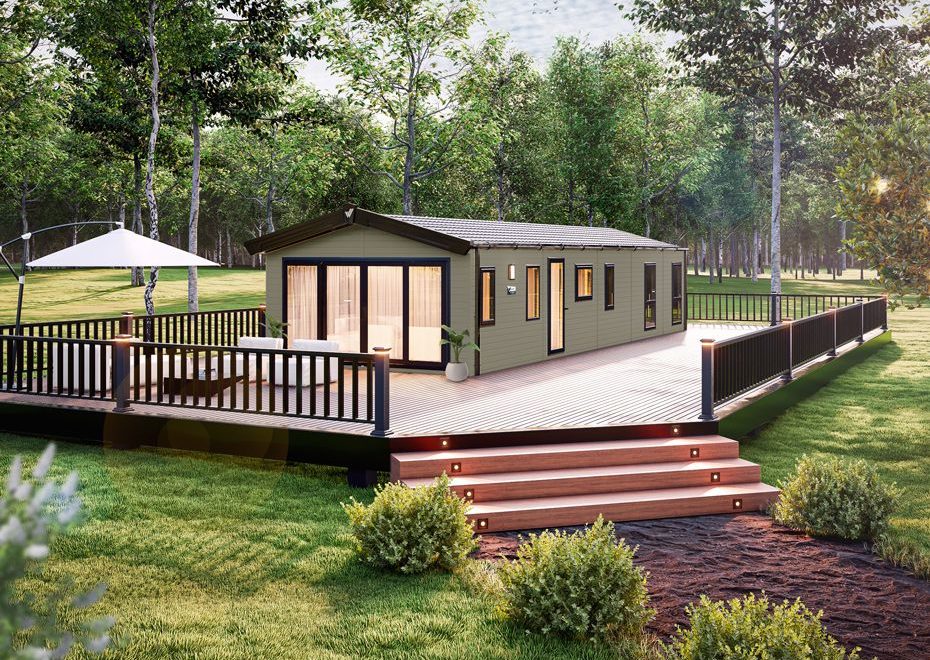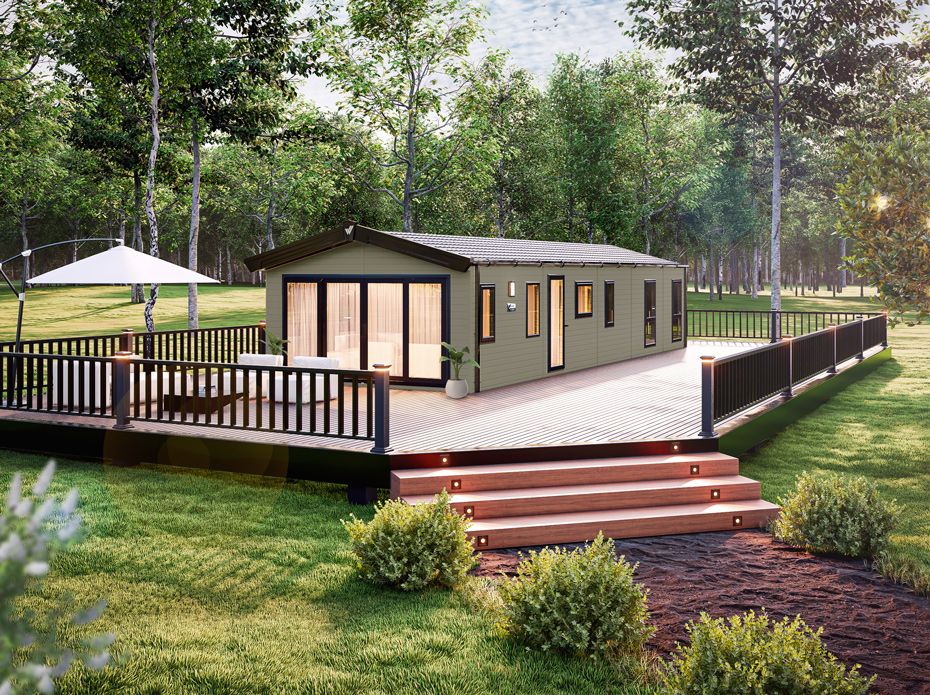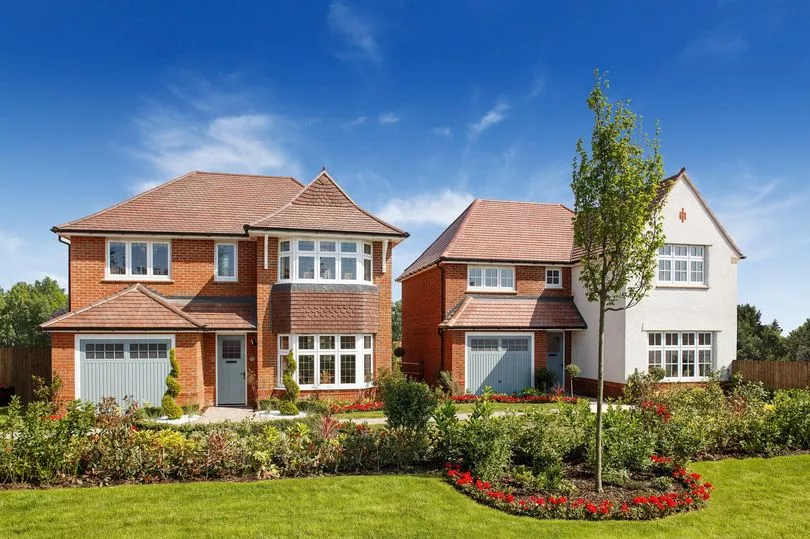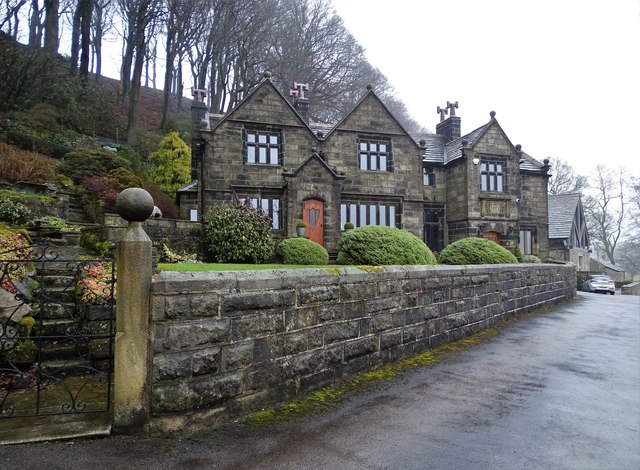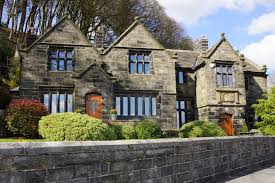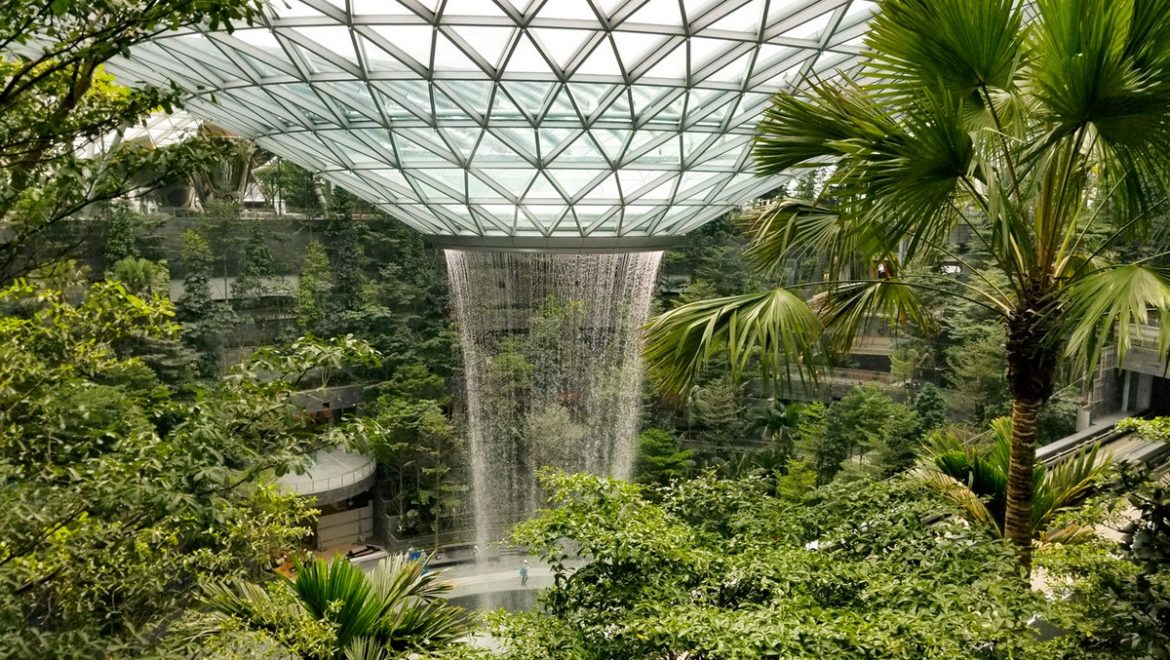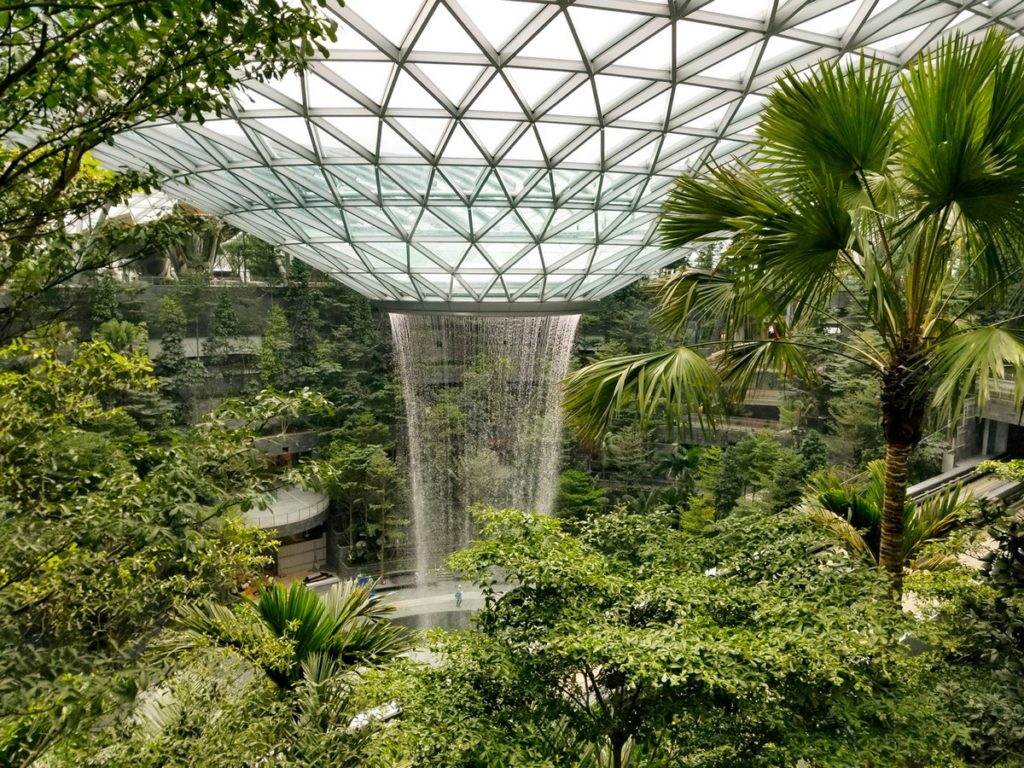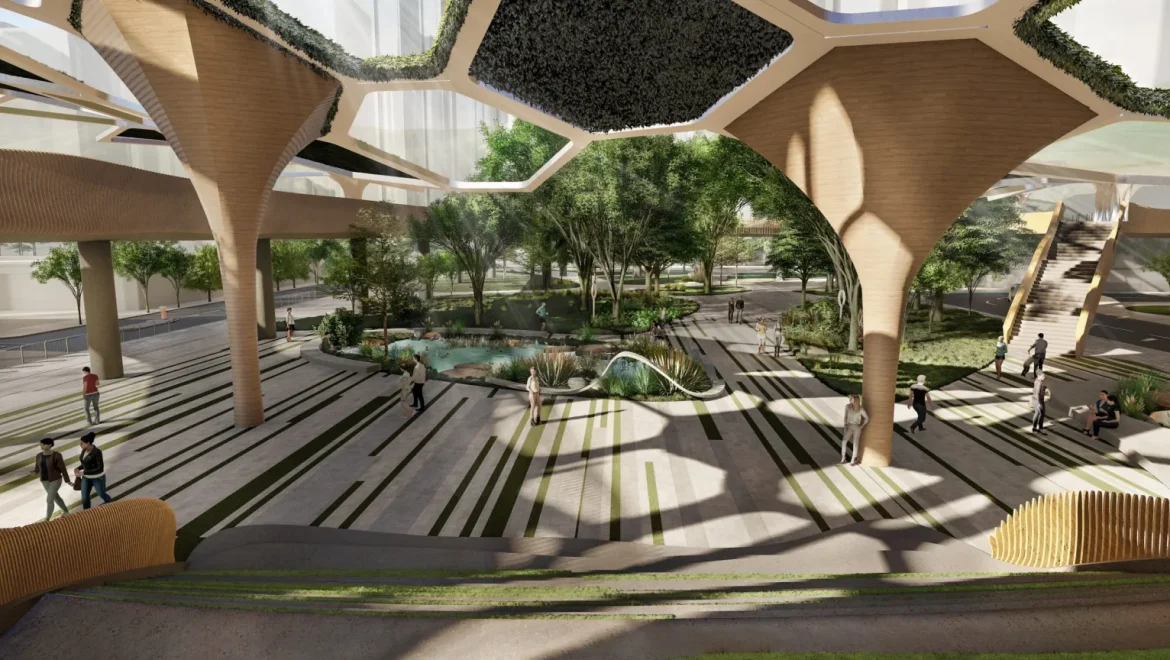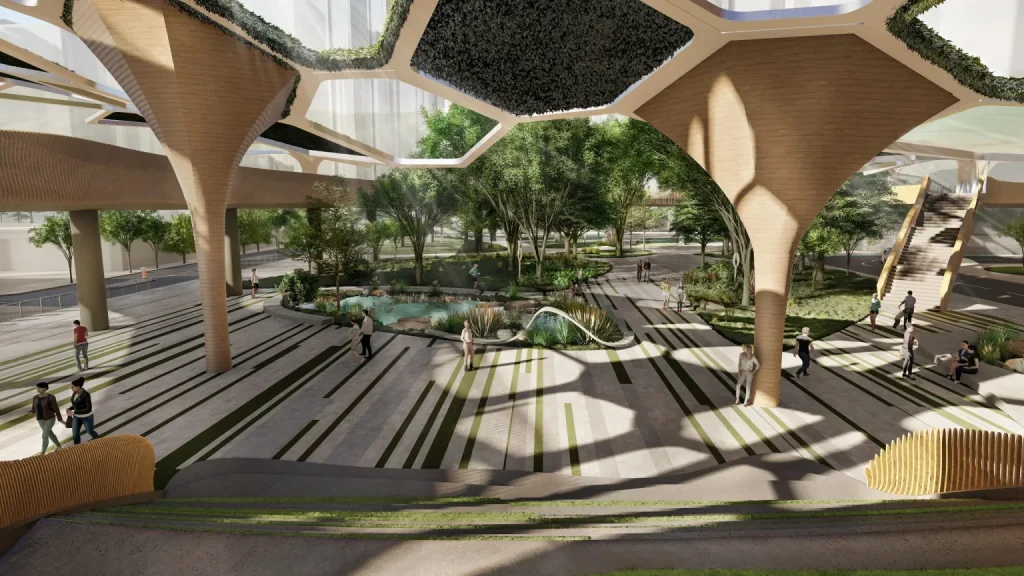The Allure of Modular Home Extensions
In the ever-evolving landscape of home design and construction, one concept has been making waves for its innovative approach to expansion: modular home extensions. These versatile and customisable additions offer homeowners an enticing array of benefits, ranging from cost-effectiveness and reduced construction time to sustainable practices and design flexibility. In this blog, we delve into the world of modular home extensions, exploring their advantages, design potential, and the seamless integration they bring to modern living spaces.
The Rise of Modular Home Extensions
Modular home extensions, also known as prefab or pre-manufactured extensions, have gained significant popularity in recent years. The driving force behind this surge lies in the combination of convenience and aesthetic possibilities they offer. Unlike traditional home extensions that require lengthy on-site construction, modular extensions are constructed off-site in a controlled factory environment. In addition, this approach drastically reduces construction time, minimizing disruptions to daily life.
Advantages Galore
- Speedy Construction: Firstly, traditional home extensions can often lead to weeks or even months of construction, causing inconveniences and disruptions. Modular extensions, on the other hand, can be completed in a fraction of the time. The precision of factory construction eliminates weather-related delays, ensuring a smooth and predictable timeline.
- Cost-Effectiveness: Prefabricated modules are manufactured in bulk, resulting in reduced material and labor costs. Moreover, the streamlined construction process means fewer unforeseen expenses, making modular extensions a budget-friendly option for homeowners looking to expand their living space.
- Eco-Friendly Practices: Sustainability is a key concern in contemporary design. Modular extensions contribute to this ethos by generating less waste, utilizing energy-efficient materials, and often incorporating renewable energy systems. Their construction process generates fewer carbon emissions compared to traditional methods, making them an environmentally responsible choice.
- Design Flexibility: Contrary to misconceptions, modular extensions are not limited to cookie-cutter designs. These extensions can be tailored to suit various architectural styles, seamlessly blending with the existing structure. From modern minimalism to classic charm, the design possibilities are virtually limitless.
- Quality Assurance: Finally, factory construction ensures a higher degree of precision and quality control. Each module is crafted under stringent guidelines, guaranteeing that the final product meets the highest standards.
Designing Your Dream Modular Extension
So, one of the most intriguing aspects of modular home extensions is the creative freedom they offer. Homeowners are empowered to collaborate with architects and designers to craft a personalised extension that aligns with their vision and functional needs.
- Customisable Layouts: Modular extensions can encompass various functions, from additional bedrooms and home offices to expanded kitchens and entertainment spaces. The interior layout can be customised to suit your lifestyle, ensuring optimal utilization of space.
- Aesthetic Harmony: Seamlessly integrating a modular extension with your existing home is a testament to thoughtful design. Exterior finishes, roofing materials, and architectural details can be chosen to create a cohesive and harmonious look.
- Smart Technology Integration: Embracing modern living entails incorporating smart technologies. Modular extensions can be designed to accommodate the latest in home automation, from lighting and climate control to security systems.
- Natural Light and Ventilation: Thoughtfully designed modular extensions can maximise natural light and ventilation, creating an inviting and energy-efficient living environment.
Conclusion
Furthermore, modular home extensions represent a harmonious marriage of innovation and functionality. As the demand for adaptable and sustainable living spaces continues to grow, these extensions offer an enticing solution that marries design aesthetics with convenience. Whether seeking a cost-effective expansion or a sustainable architectural statement, modular extensions open the door to a world of possibilities. By harnessing the power of prefabrication, homeowners can elevate their living spaces while minimising construction headaches, ultimately embracing a more efficient and environmentally-conscious approach to home expansion.
